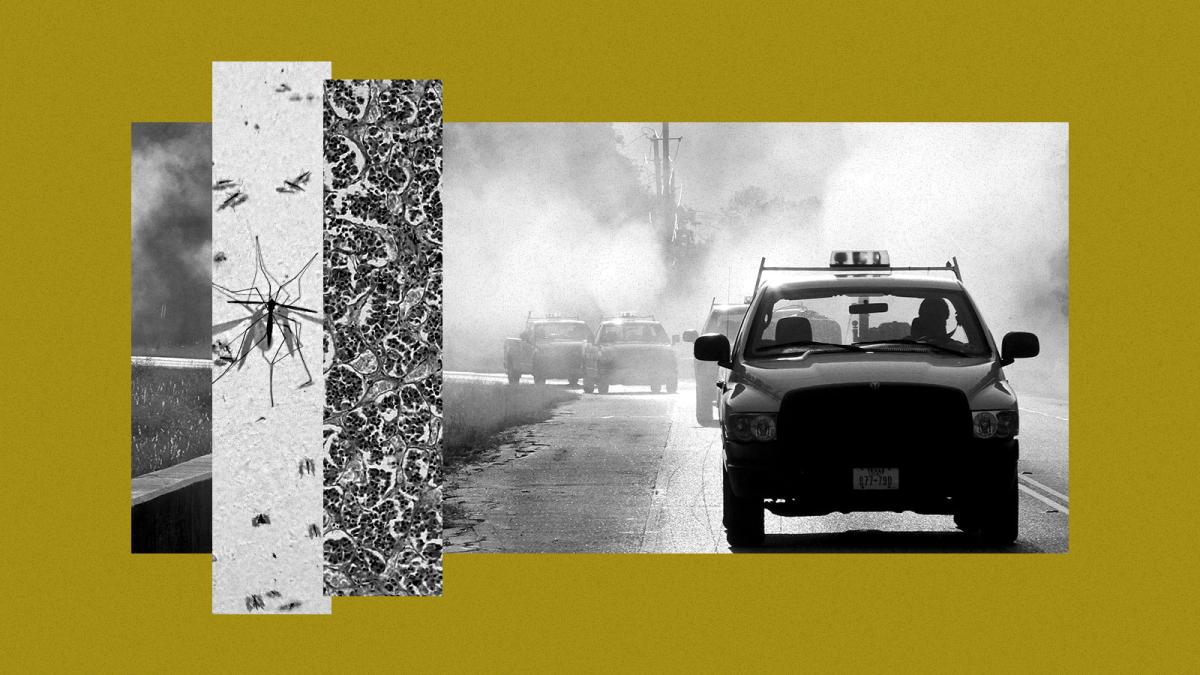In early July, New York City health officials conducting routine tests on the city’s mosquito population found a concerningly large number were carrying West Nile virus. The virus, which originated in the Eastern Hemisphere and is spread by Culex mosquitoes, was first detected in New York in 1999. In the decades since, the city had honed its response down to a science. Officials considered data on the concentration of mosquitoes, along with the vulnerability of the neighborhood to infection, to decide what to do next. On the night of July 15, trucks trundled down residential neighborhoods in the borough of Queens for the first time this summer, fogging the air with a mix of pesticides meant to kill the mosquitoes before they could spread the virus to humans.
Spraying pesticides to kill fully-grown mosquitoes, a technique known as adulticiding, is a central pillar of cities’ public health strategy as mosquito populations expand, migrate to new areas, and appear earlier in the season, driven in part by a changing climate. Some of them are spreading diseases that were previously limited to tropical are... Read more




